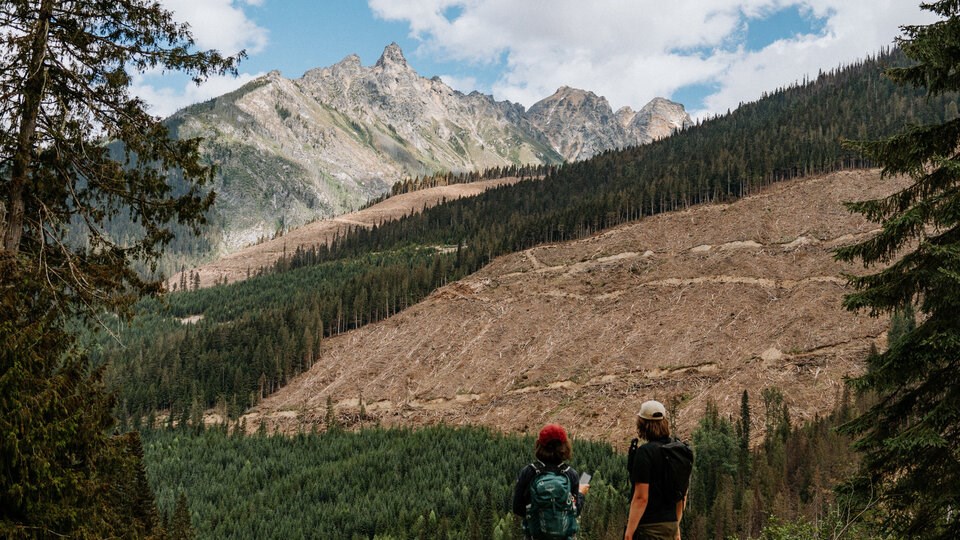The B.C. government-run corporation responsible for administering a fifth of the province’s annual logging quota says it will pause new operations that overlap with habitat of a threatened caribou herd north of Revelstoke.
BC Timber Sales said it had halted pursuing “new investments” in unprotected core caribou habitat of the Columbia North caribou herd, according to correspondence sent to the Kootenay-based Wildsight March 7 and seen by BIV.
The pause is expected to last until planning has restarted or government gives BCTS direction, a BCTS planning forester wrote.
“We are not operating within caribou core areas,” the email reads.
Just how much land will be protected in the Revelstoke-Shuswap region and why the region was targeted over others is not yet clear.
A statement from the Ministry of Forests said the logging pause was part of a collaboration with First Nations, industry, as well as local and federal governments.
The goal, according to the ministry, is to “refine our knowledge, align shared priorities that support caribou and other objectives like mitigating wildfire risk and responsibly securing timber supply to support the economy.”
The ministry failed to answer several questions, including how much forest the logging pause will impact, how long it will last, and how it foresees the pause will impact caribou and the forestry industry.
It also failed to clarify whether the province would be rolling out logging pauses in other parts of the province.
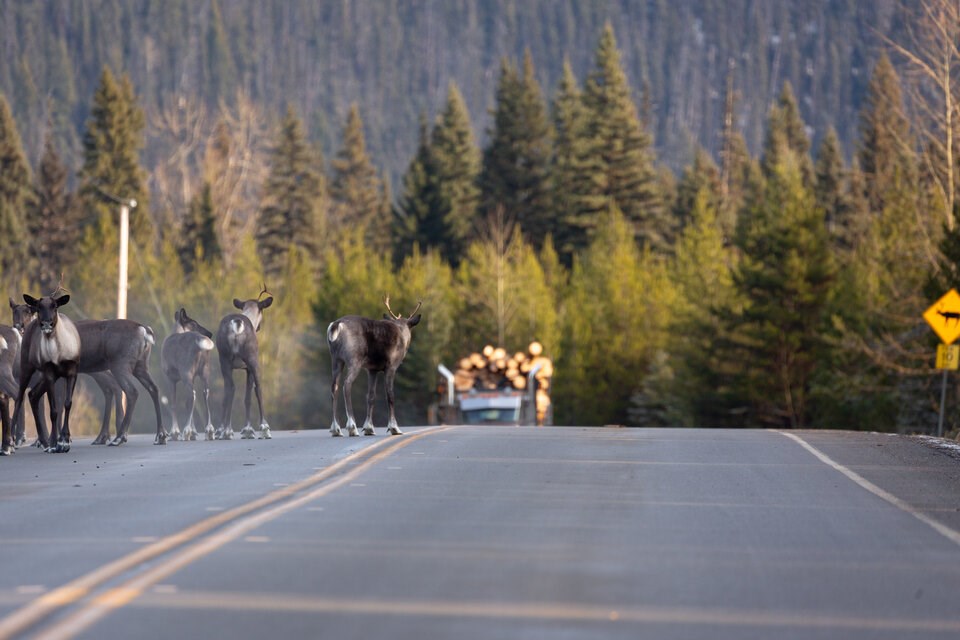
Eddie Petryshen, a conservation specialist with the Kootenay-based group Wildsight, said about 112,000 hectares of BCTS tenure overlap in some way with critical habitat of the Columbia North caribou herd.
Petryshen described the decision to pause logging in the area as “significant” and one that came after sustained pressure from First Nations and environmental groups.
“BCTC has thousands of hectares of tenure in that neck of the woods,” said Petryshen. “That’s a pretty good chunk of land.”
BIV reached out to five forestry companies operating in the region to understand how the pause would impact their operations or if they were also considering a pause. None had responded by the time of publication.
Caribou a failed test case of federal Species at Risk Act
Southern mountain caribou are listed as threatened under the federal Species at Risk Act. Their wide range has put efforts to protect the species in direct confrontation with companies seeking to harvest timber or extract fossil fuels buried deep under their forest habitats.
Rob Serrouya is co-director of the Wildlife Science Centre for Biodiversity Pathways, an independent research group that collects data to help recover wildlife populations in western Canada. He pointed to Alberta oil sands and B.C.’s gas fields and vast timber industry places where the future of industry collides with the survival of caribou.
“There’s no other species like it,” said Serrouya. “The economic conflict is enormous.
“On land, I can’t think of another case study in North America living on something that’s worth so much money.”
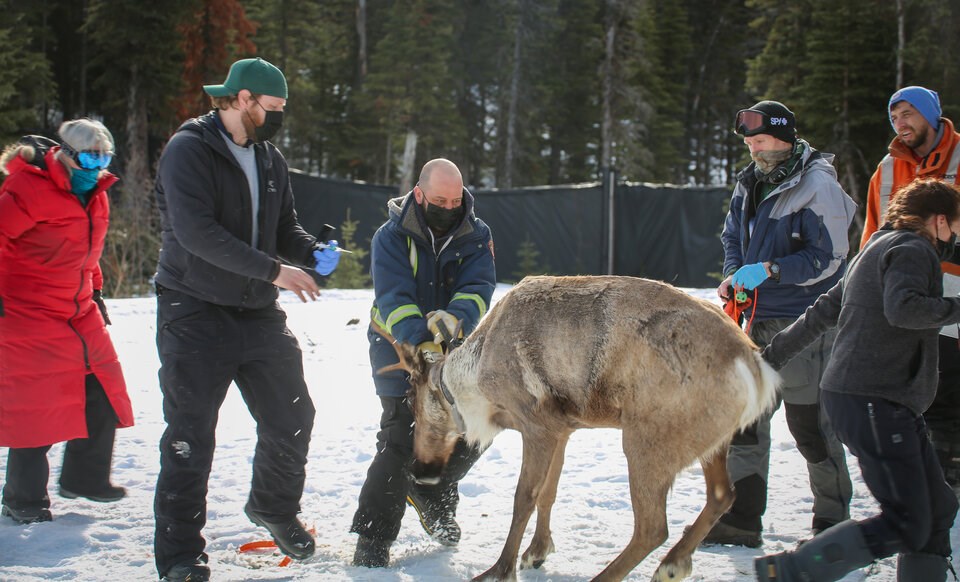
​Overall, B.C.’s caribou populations have seen a 51 per cent decline since 1991. Ten herds are now considered either locally extinct or functionally extirpated, according to B.C. government data.
The latest suggest recovery actions — including and predator reduction — have helped to reverse that trend, and have already saved the lives of an estimated 1,500 animals across the province.
The Columbia North herd has grown in recent years — from 147 individuals in 2017 to 209 individuals in 2023.
But those represent “modest” gains at a time the herd’s core critical habitat keeps shrinking, said Serrouya.
Despite government recovery efforts and requirements listed under Canada's Species at Risk Act, caribou subpopulations lost twice as much habitat as they gained between 2000 and 2012, found Serrouya and his colleagues in a 2020 .
“In this test case of caribou, the Species at Risk Act has not worked to slow down habitat loss for these herds,” he said.
BCTS direction to halt logging does not apply to ‘existing investments’
The latest direction from BCTS applies to core habitat where caribou regularly live — eating, sleeping and avoiding predators.
It does not apply to matrix habitat, surrounding areas where predators are attracted to feed on prey. When logged, shrubs appear and moose and deer tend to proliferate, in turn, attracting wolves and cougars.
Some of those predators inevitably access the neighbouring core caribou habitat, leading to a spillover effect.
“If you only protect where the caribou live, it’s not enough,” said Serrouya.
BCTS’s logging pause also does not apply to unprotected cut blocks with “existing investments” nearing completion, according to correspondence from the Crown corporation.
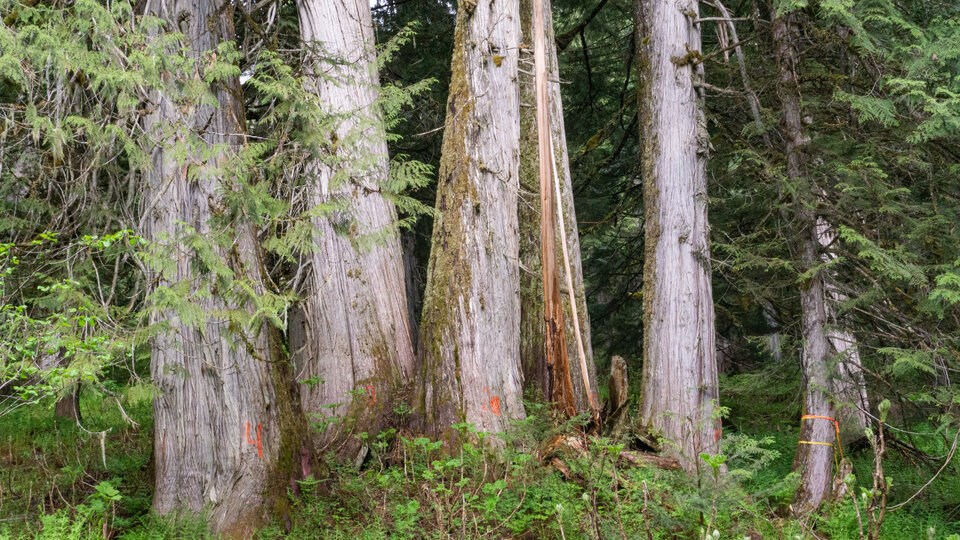
Petryshen said exempting existing developments from the BCTS pause leaves a 40-hectare timber sale overlapping with core habitat just south of BC Hydro’s massive Mica Dam — built under the Columbia River Treaty in 1973 and still Canada’s tallest dam.
He said clearcutting that block of trees would further fragment the Columbia North herd’s low elevation habitat.
“This commitment means that they are getting more serious about protecting that habitat,” said Petreyshen. “But that one is problematic. It is in core habitat.”
More than a third of herd's habitat disturbed by logging activities
Death often comes to caribou in the jaws of a predator. But that deadly moment has deeper roots. Logging has combined with oil and gas exploration to carve up forests across B.C., opening up paths for predators to hunt mountain caribou.
Without human influence, the species has adapted to escape that fate, migrating with the seasons from low-to-high-elevation old-growth forests. Using their wide hooves, caribou can travel on top of deep snow and reach lichen hanging off trees in places few predators can reach.
But as their forested habitat becomes more fragmented, caribou have been pushed to higher elevations where food becomes increasingly scarce and conflicts with and snowmobilers more common.
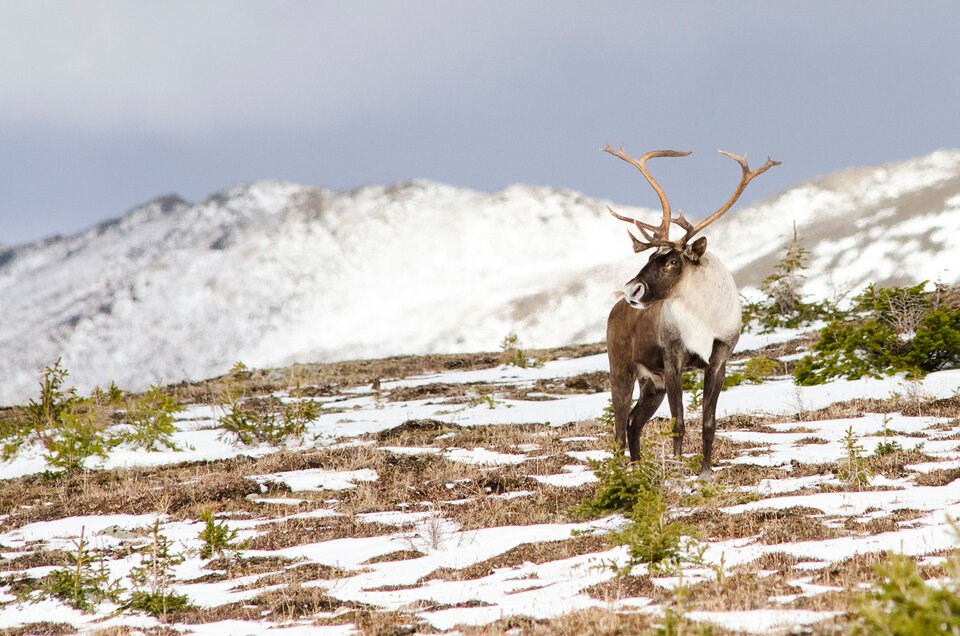
Between 1985 and 2019, southern mountain caribou herds were the most threatened species in B.C. yet experienced the highest rates of disturbance — with nearly 23 per cent of their forested disturbed during the study period, found a study published in the science journal Nature last year.
That number is even higher for the Columbia North herd.
The latest provincial analysis shows the sub-population has had at least 37 per cent of its core critical habitat disturbed by logging roads and cut blocks. Only 35 per cent of the territory is considered protected, concluded the report.
Logging rates still exceeding habitat recovery, says biologist
Serrouya says his latest data shows shows a similar trend, with the region still losing more habitat than it gains every year. He said that while trees grow back, that process takes decades and hasn’t kept up with logging rates.
The biologist's numbers suggest the amount of core and matrix caribou habitat disturbed by logging in Columbia North saw a 40 per cent spike between 2000 and 2021.
“The disturbance is at a level that exceeds what the population would need to be self-sustaining,” Serrouya said. “The baseline is still getting worse more than it’s getting better.”
“We know now that the habitat is too disturbed to be self-sustaining.”
Until that corner is turned and logging disturbances start to decline, Serrouya said controversial programs like the will likely need to continue.
Between December 2023 and March 2024, the B.C. government reported killing 248 wolves as part of its province-wide predator reduction program. This season, that number has jumped to 362, the second highest on record since it began a decade ago, records show.
Serrouya says the BCTS decision to pause logging in old growth forests is a step in that direction, though it’s not clear for how long and how big the impact will be.
“You need the counterfactual,” he said. “How much would they have logged? We don’t know that.”
Editor's Note: This story has been updated to reflect a statement from the Ministry of Forests.
